Questionhello, i have a 8 week old rottweiler puppy and i am simply AMAZED at how much she can eat! already she can outeat my 1.5 year old boxer! she so greedy that when i was at my sisters she decided to eat all the food in her great danes bowl lol. sure enough about 30 minutes after that she had massive watery diarrhea. its been two days now and she still has it. she passed one solid one, but the rest have been watery. is there anything i can do to help her solidify? i dont even know where to keep her bc if i put her in the crate its EVERYWHERE and shes too small to be left out side alone. thanks in advance
AnswerIf a dog is having trouble keeping anything down or continuing diarrhea try this out of the manual I have from a large, knowledgeable dog guide school.
Bland recovery diet for dogs.
3 parts cooked rice, one part boiled hamburger or chicken, or cottage cheese. I think you can substitute boiled potatoes for the rice. Once in an emergency, we bought a plain baked potato from Wendy's.
This is meant for short time settling a dog's digestive tract. It is not the complete and balanced diet they need long term. I have seen it work. You might try a grid in the crate until she stablizes. They are available with the crates, but expensive and hard to find. A piece of closely spaced wire closet shelving from a home supply place is cheaper. I am now using a plastic vegetable bin with plenty of holes drilled in the bottom. It helps block off part of the crate for the smaller puppy. I use it at first in case of accidents.
Any sudden change of diet can upset a dog's digestion. You may also want to watch how much she is eating. I think Rotties may be as bad as Labs when it comes to over eating and becoming over weight. You should be feeding a puppy chow now. Switching to an adult chow for the
larger breeds at 4 months, slows growth and helps develop sturdier joints.
Your dog definitely should be narrower at the waist than the hips and chest. You
should be able to easily feel the ribs, but not see them. Each dog is different.
Standard recommendations are a good place to start, but each dog must have its
food and exercise adjusted to its individual needs. Here is a link to a good
illustrated guide, http://www.longliveyourdog.com/twoplus/RateYourDog.aspx

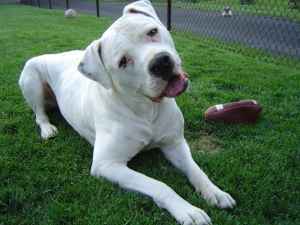 NuVET Pet Wafers will Explode your pitbulls muscle mass....:
QuestionHi Marie my dog had puppies on February the 19t
NuVET Pet Wafers will Explode your pitbulls muscle mass....:
QuestionHi Marie my dog had puppies on February the 19t
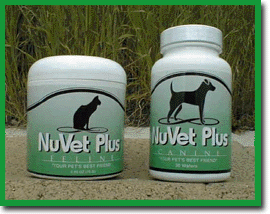 Salmon oil vitamin supplements
QuestionQUESTION: I have 3 dogs...50lb mutt, 80lb gsd a
Salmon oil vitamin supplements
QuestionQUESTION: I have 3 dogs...50lb mutt, 80lb gsd a
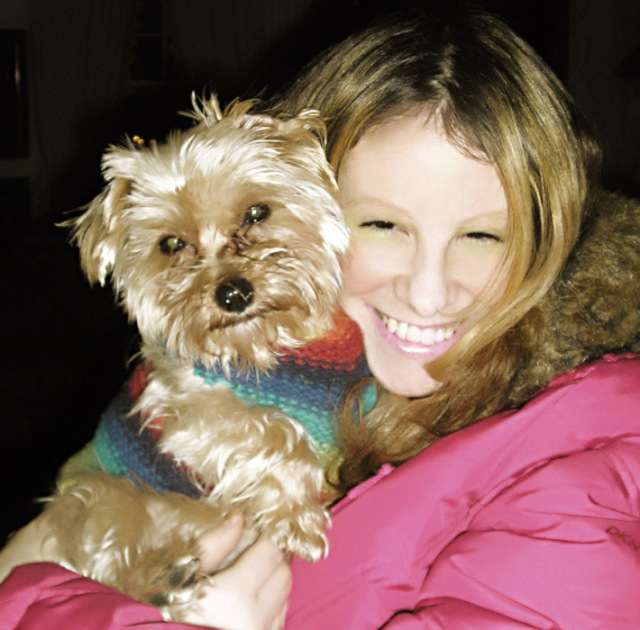 Collapsed Trachea Yorkie; pet Nurse Marie can help yorkies...!
Question
Me and toby
Hey I have a yorkie named toby and
Collapsed Trachea Yorkie; pet Nurse Marie can help yorkies...!
Question
Me and toby
Hey I have a yorkie named toby and
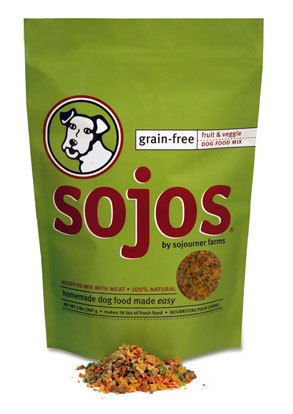 food - canine feeding - picky dog recipe:
Questionwe found a king charles royal cavalier, has no
food - canine feeding - picky dog recipe:
Questionwe found a king charles royal cavalier, has no
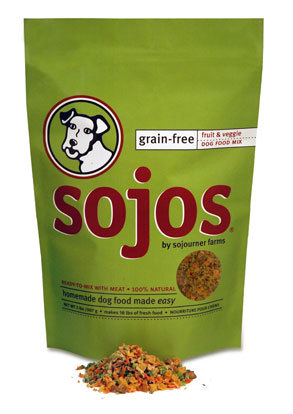 Doxie, no grain dog food low fat: sojos dog food mix:
QuestionHello. We have a 1/2 regular dachshund..1
Doxie, no grain dog food low fat: sojos dog food mix:
QuestionHello. We have a 1/2 regular dachshund..1